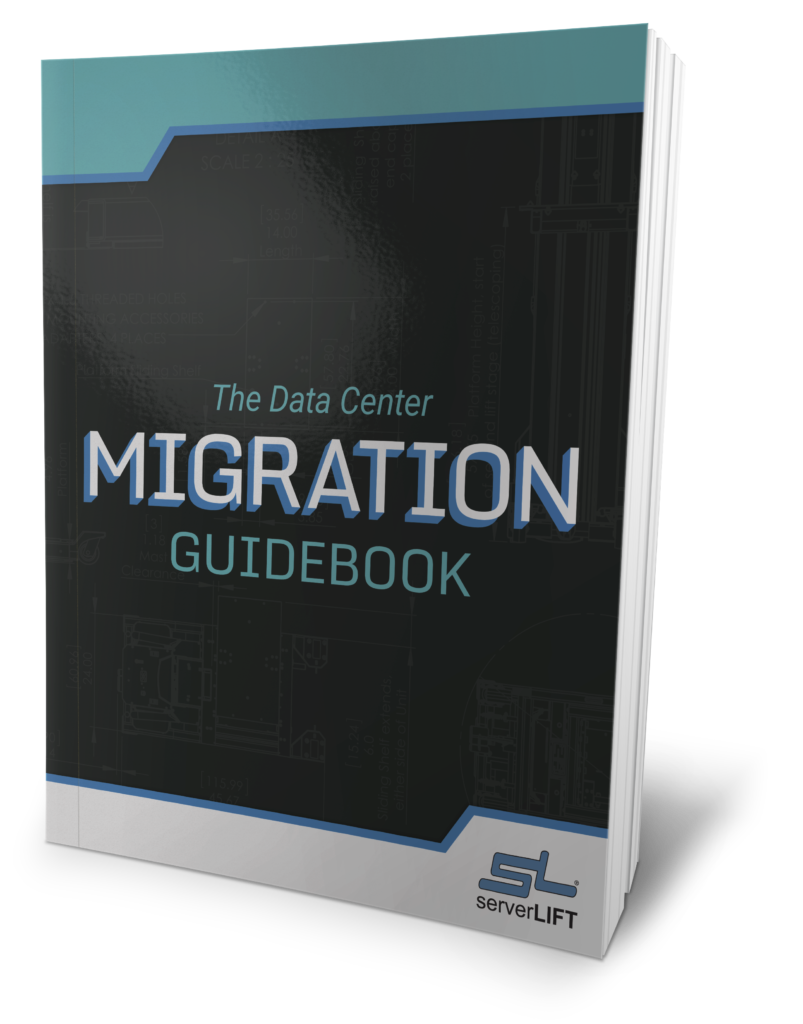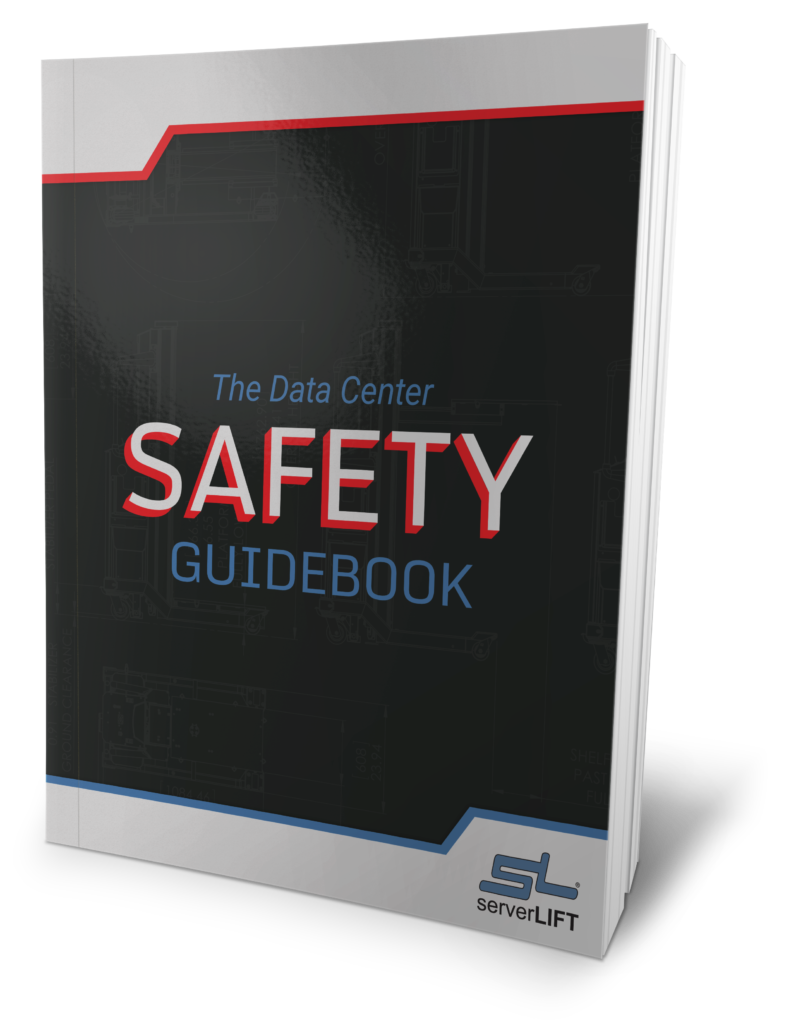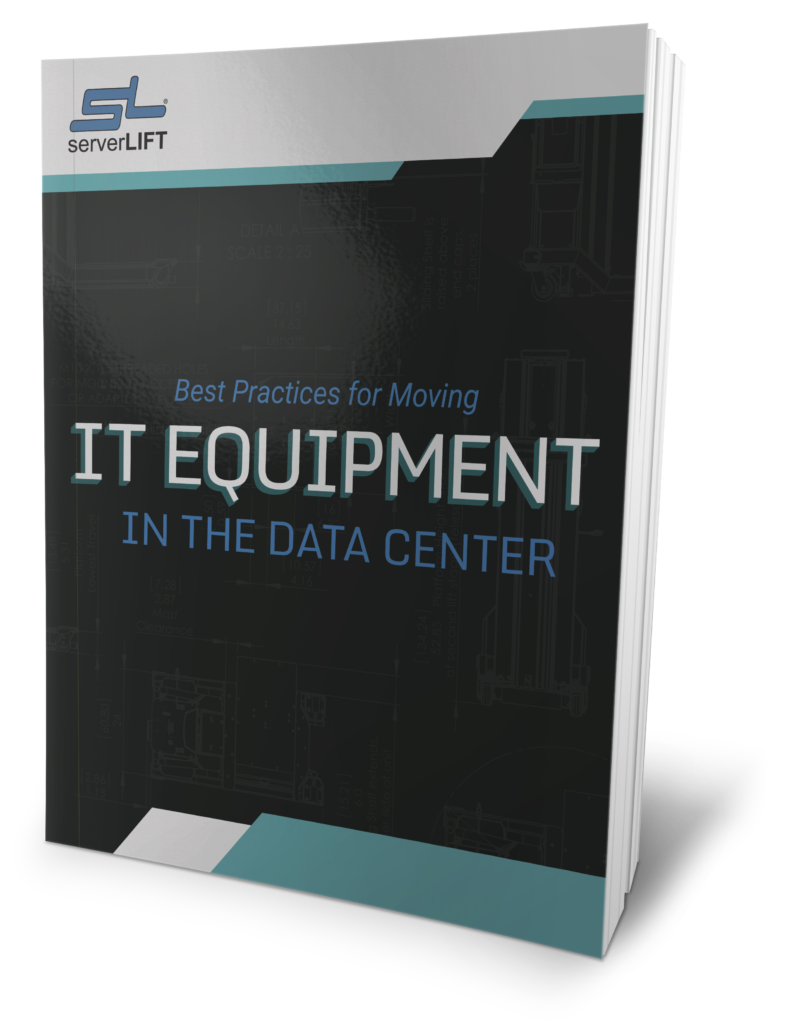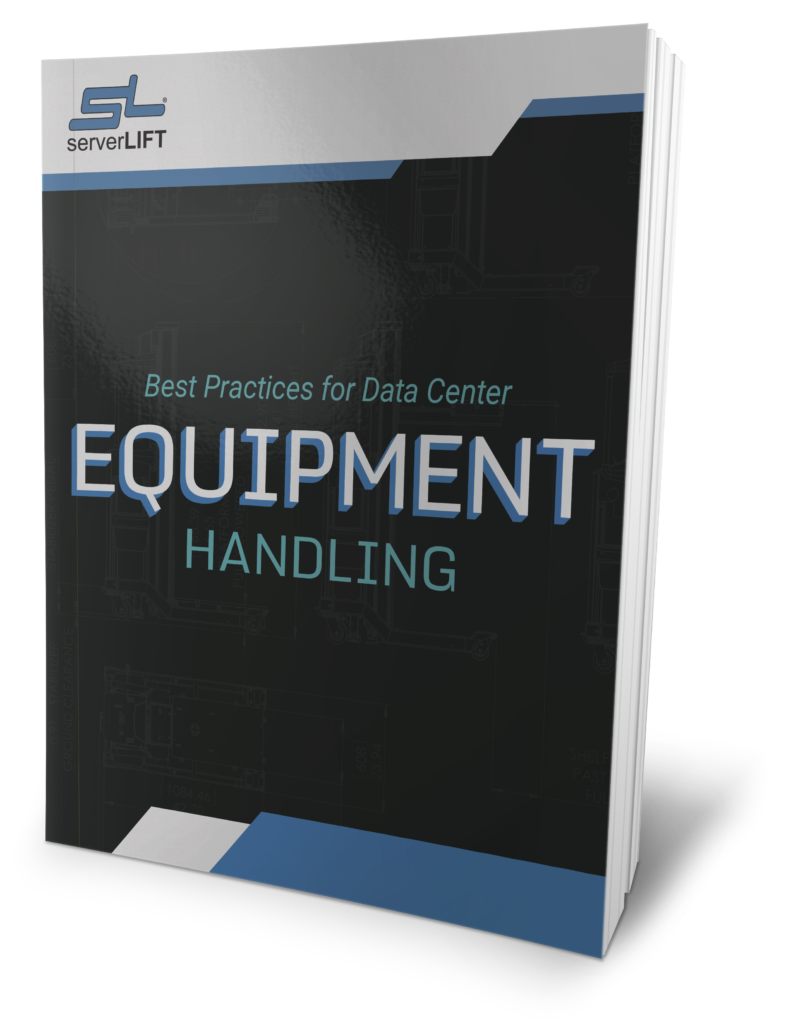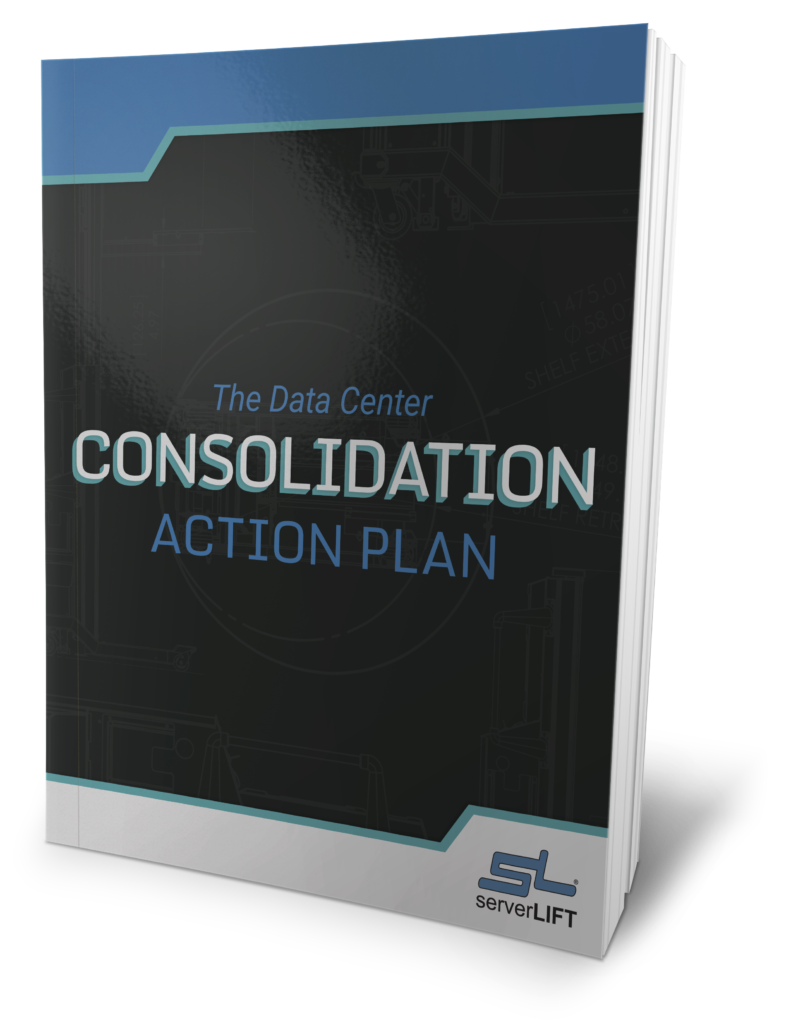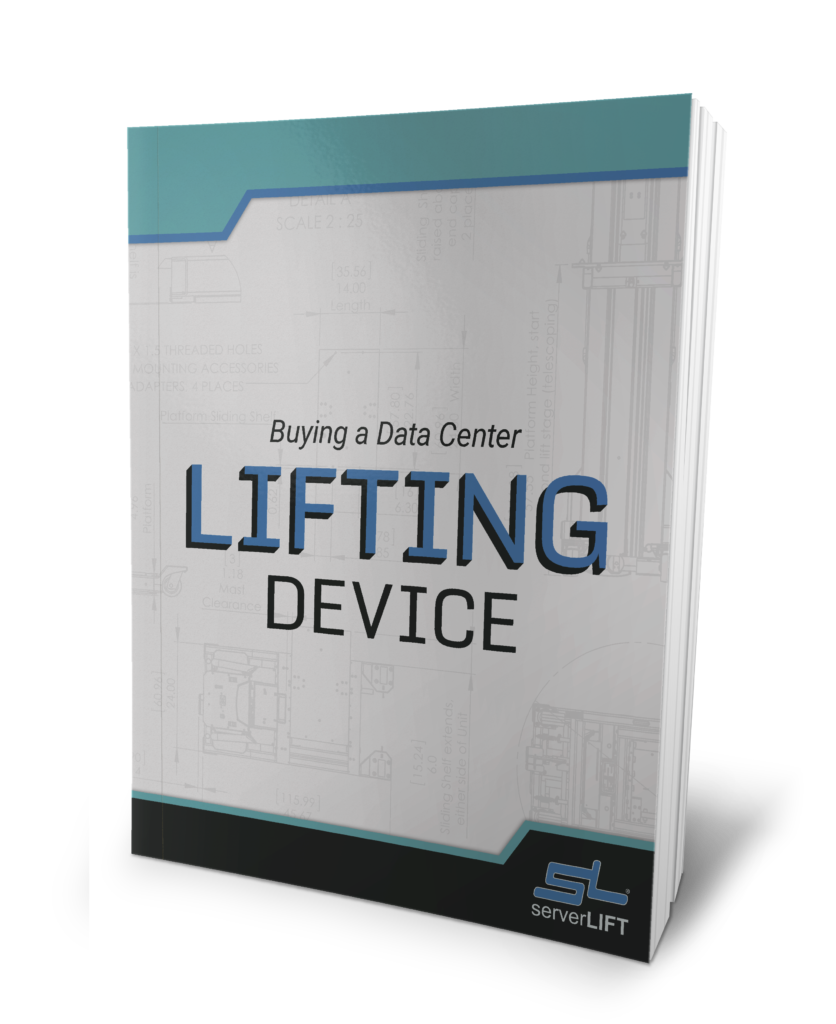One of the most important aspects of operating a data center is determining how to store servers, power supplies, switches, routers, and other equipment in a way that allows for easy access and consistent cooling. Every data center is arranged differently, which means there are many different types of IT equipment racks designed to hold all of this equipment efficiently. Choosing the right rack for your data center, therefore, may be difficult if you don’t know how to narrow down exactly what you need.
This guide should help you select the most sensible, practical, and efficient options for your use case. As you review each of the following sections, strike off any products on your list that won’t meet your requirements. By the end, you should have only a handful of options left, making it easier to choose the best server rack for your facility.
Rack Sizes
Most rack measurements are standardized to accommodate the most common equipment sizes. If you develop a plan for how you want to arrange each server and component within the rack, then you can measure the length, width, and height you’ll need for everything to fit. You’ll also need to measure how much space the rack will take up in your facility to ensure the footprint still allows workers to access all sides safely.
The calculations can be a bit tricky, even if you’ve measured well. A “unit” in rack terms is 1.75 inches (44.45 mm), and a standard rack stands 42 units tall. Depth dimensions range from a shallow 31.50 inches (800 mm) to a deep 47.24 inches (1200 mm), with the average being 43.31 inches (1100 mm).
Trends show that rack density increases every year in many data centers. If you’re unsure about your future needs, choose larger server racks that will allow for growth.
Rack Styles
Different types or styles of rack will have different features and some may be more or less suitable for various equipment mounting methods, but they shouldn’t affect the basic functionality of the rack. The common features you could choose from include:
- Wall-mounted racks
- Open-framed racks for superior ventilation and access. These may come as:
- 2-post racks
- 4-post racks
- Enclosed cabinets for better safety and protection of equipment (also a “cleaner look”)
- Beyond standard height racks
- Round vs. square holes for equipment mounting
- Adjustable leveling
- Feet with wheels
- Overall weight capacity
- Water-resistant and dust-resistant racks for sensitive equipment
- Color – black is most popular, but gray and off-white are also options
- Portable racks
- Racks with integrated climate control
冷却
Ideally, you should carefully consider your cooling infrastructure in the rack selection process. Certain racks are intended for a specific cooling type, such as air conditioning, air ventilation, hot vs. cold aisle containments, or liquid cooling. Therefore, your racks should be spec’d with your data center cooling solution in mind.
安全
Do you want to secure your server racks with locking cabinet doors? Would you prefer to add shock-absorbing feet to protect against earthquakes, or anti-tip feet to prevent accidents from happening? Does your data center employ RFID tags on the IT equipment in the rack? These design questions must be taken into account when deciding what types of racks to purchase.
Of course, when it’s time to fill your new racks with servers and other equipment, you can rely on the 数据中心电梯 from ServerLIFT®, the only lifts designed exclusively for data centers.






